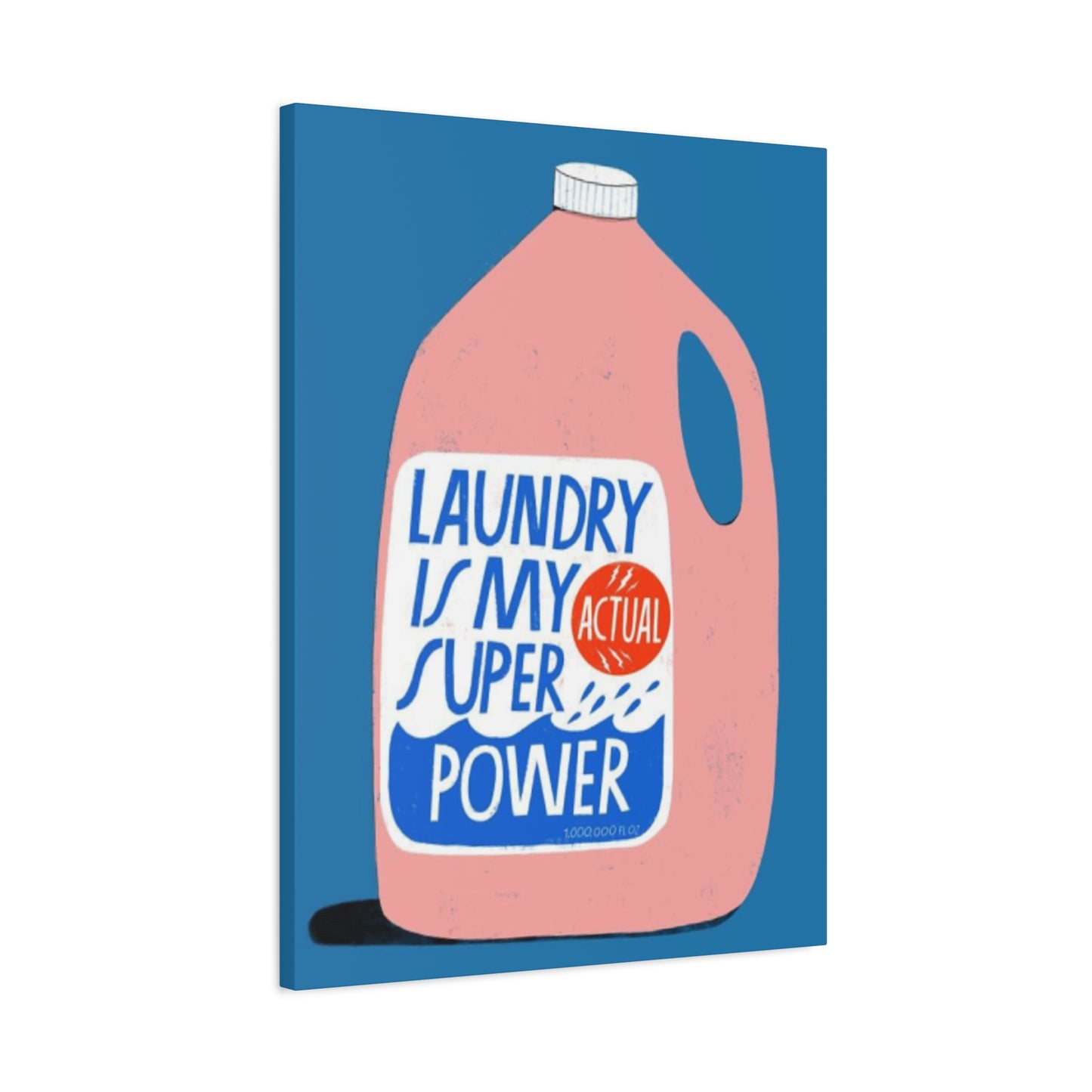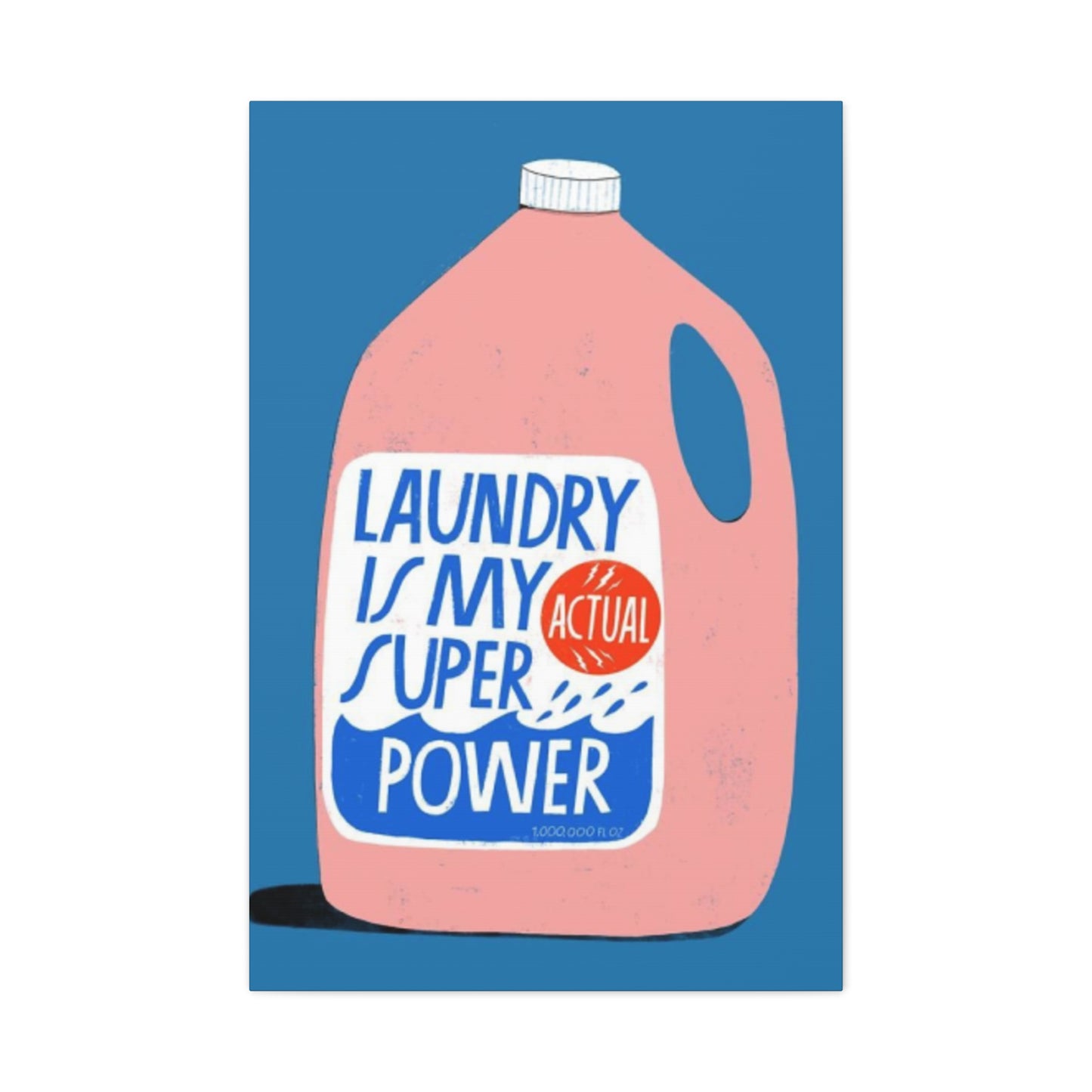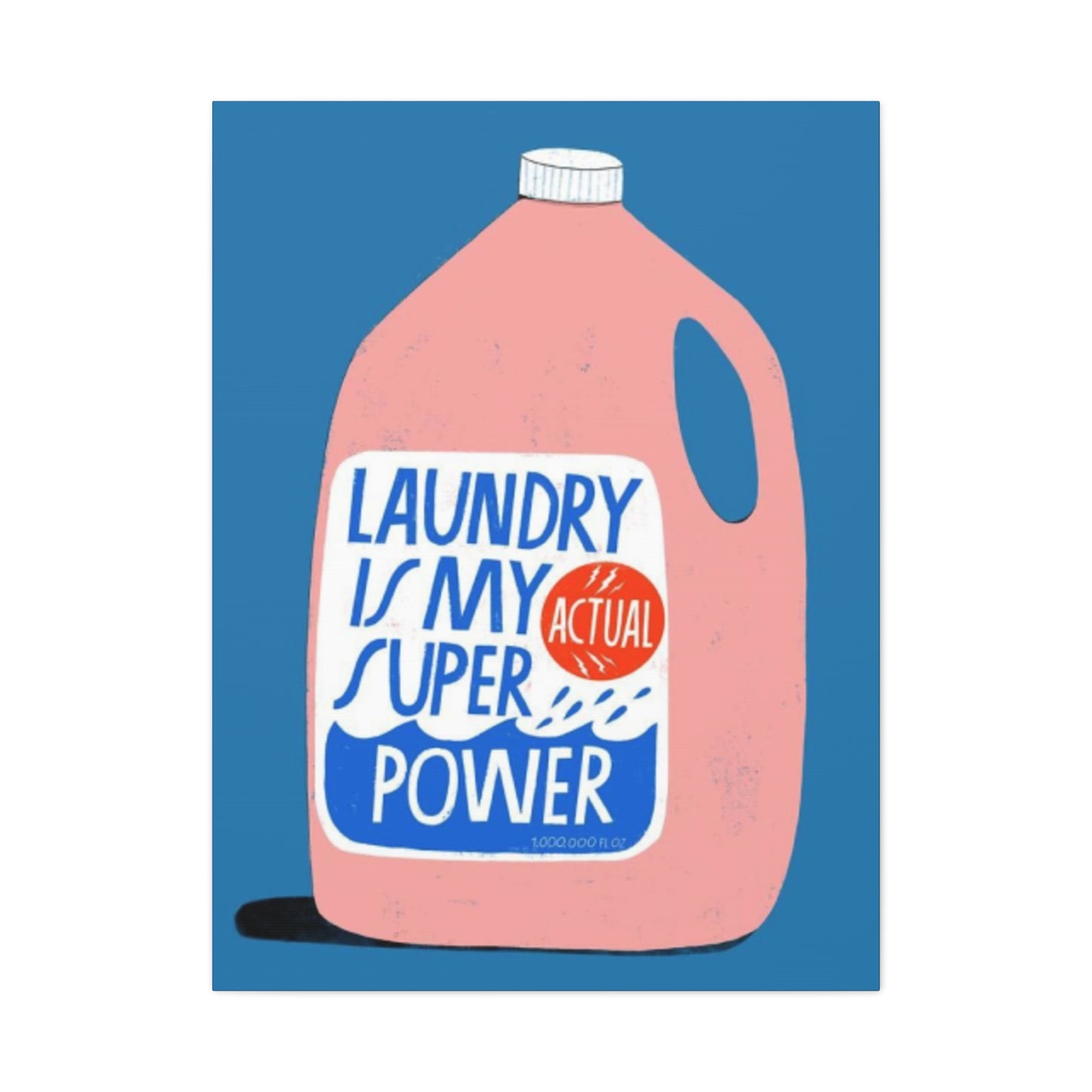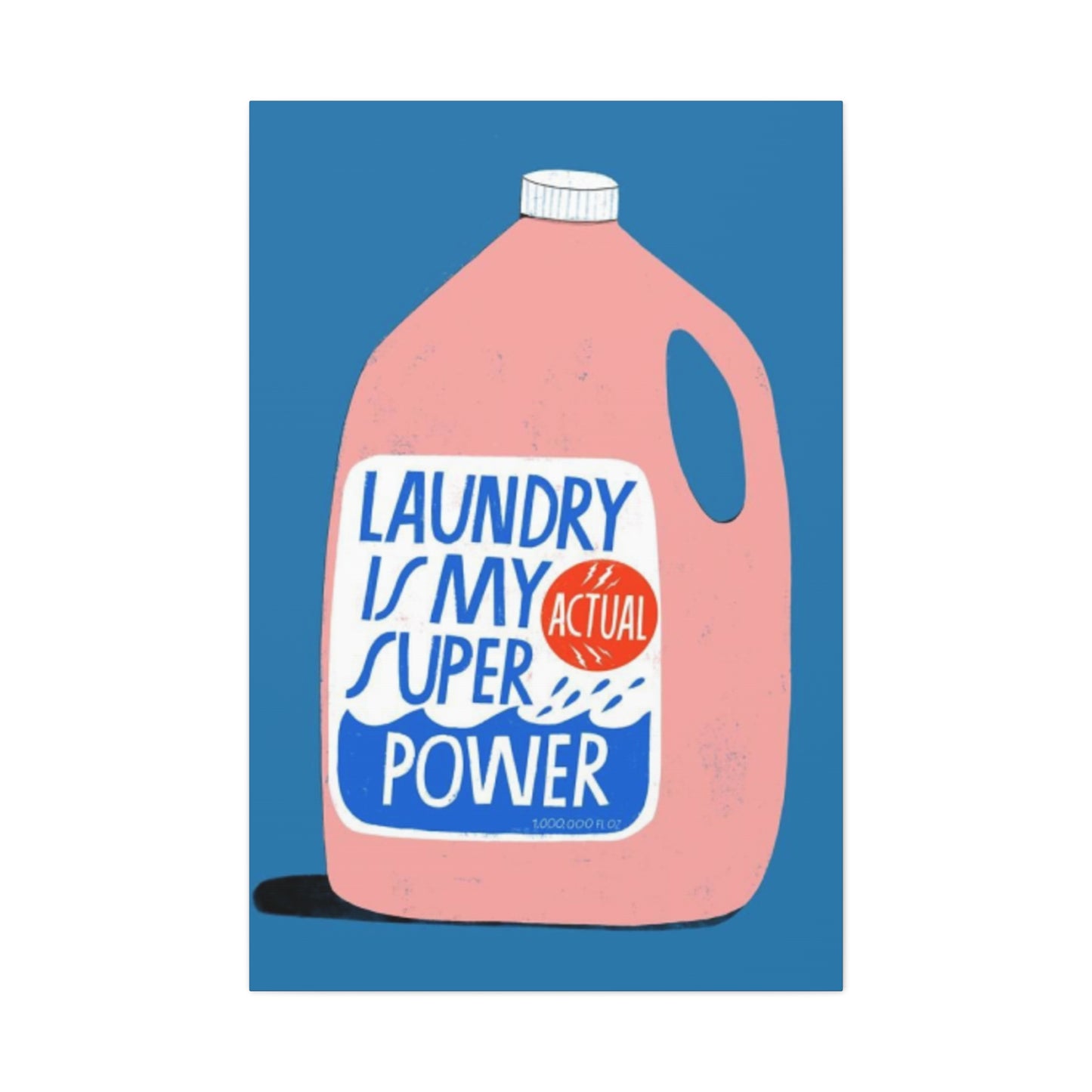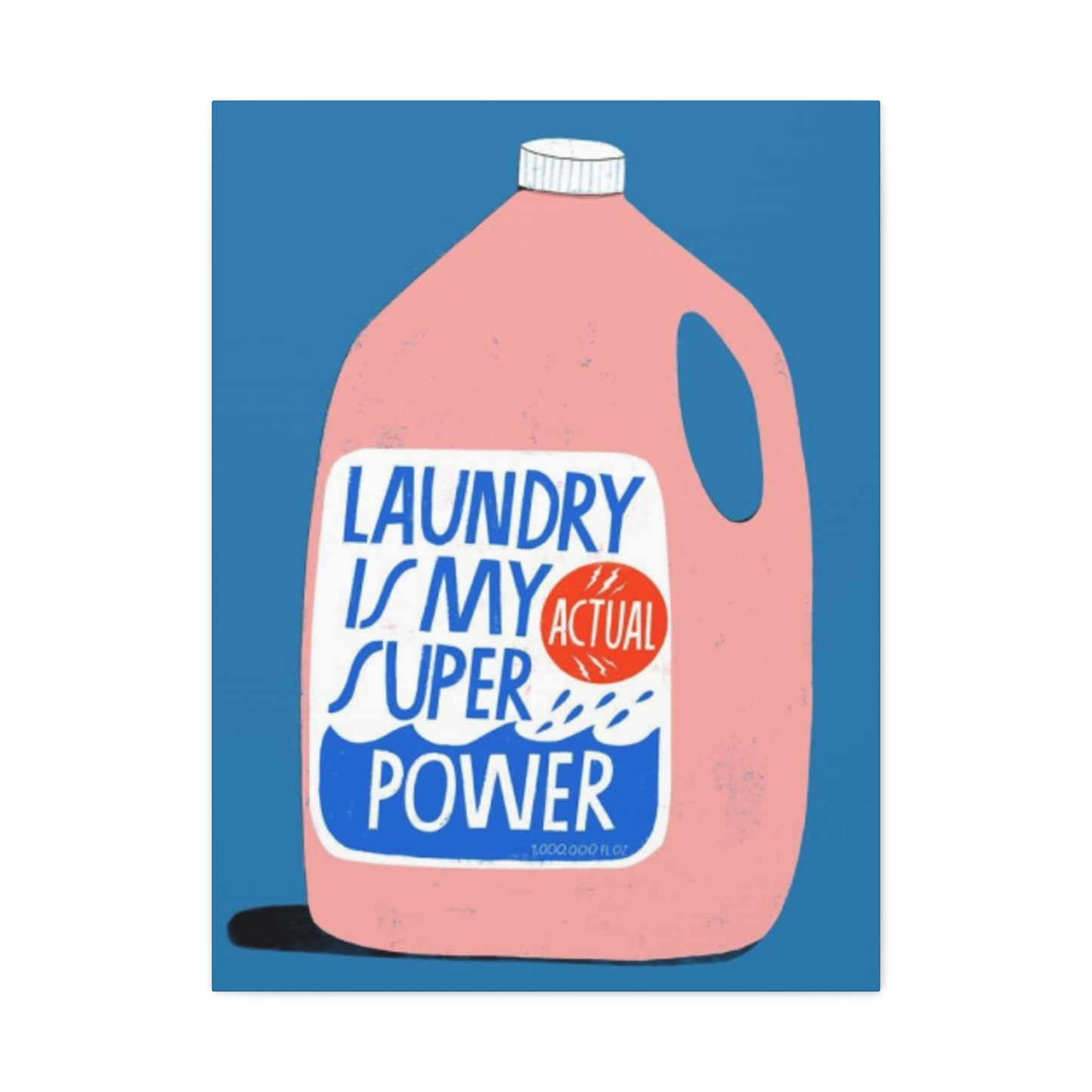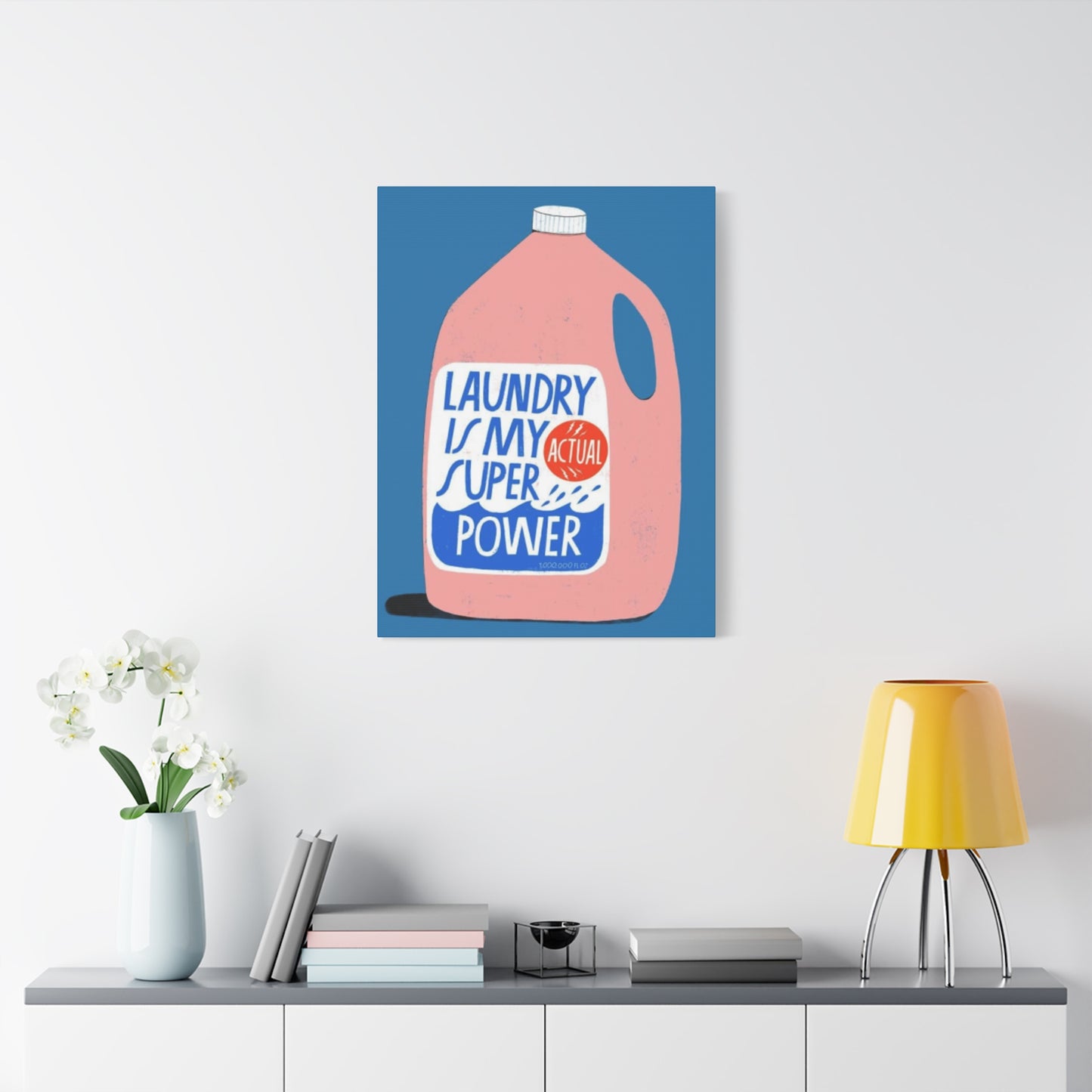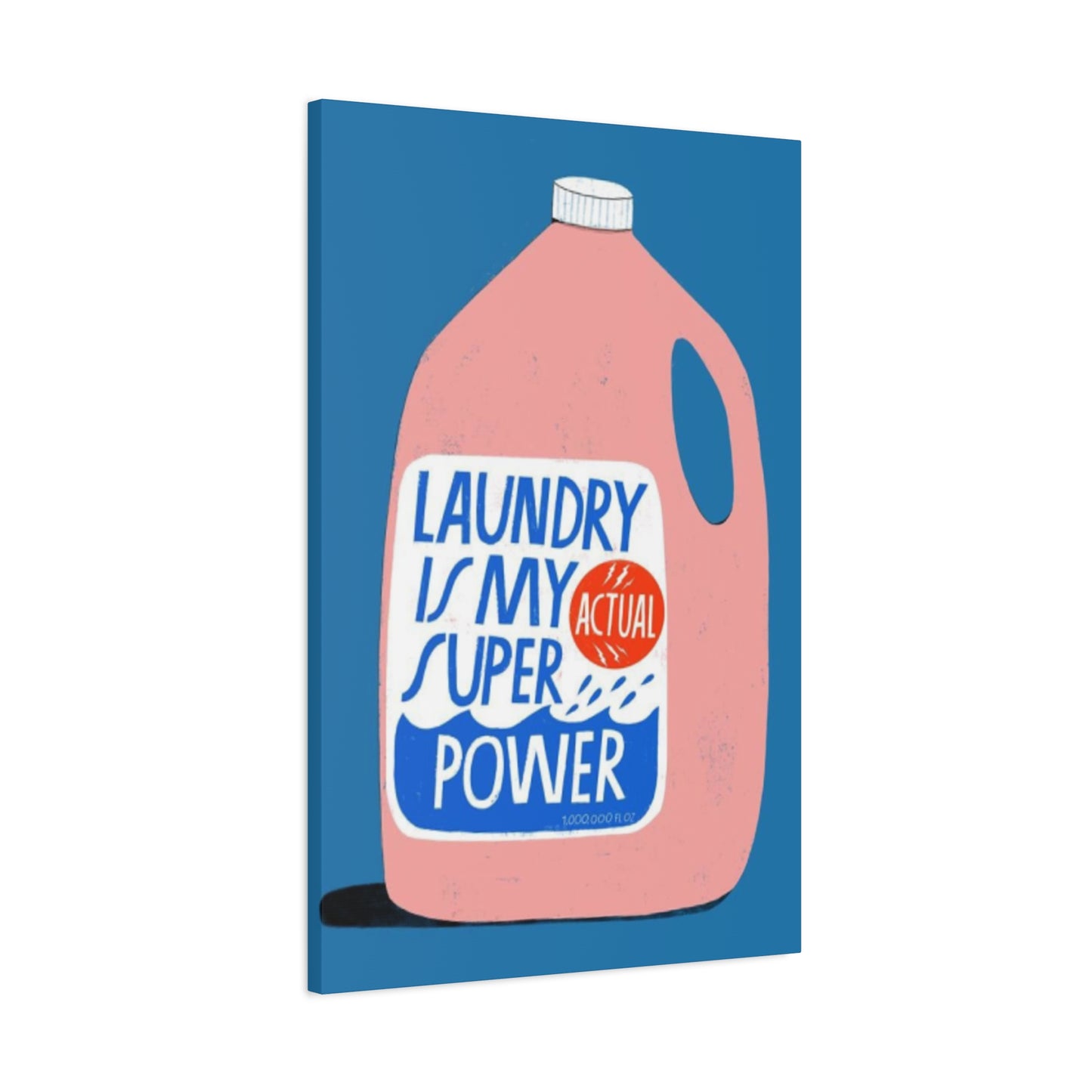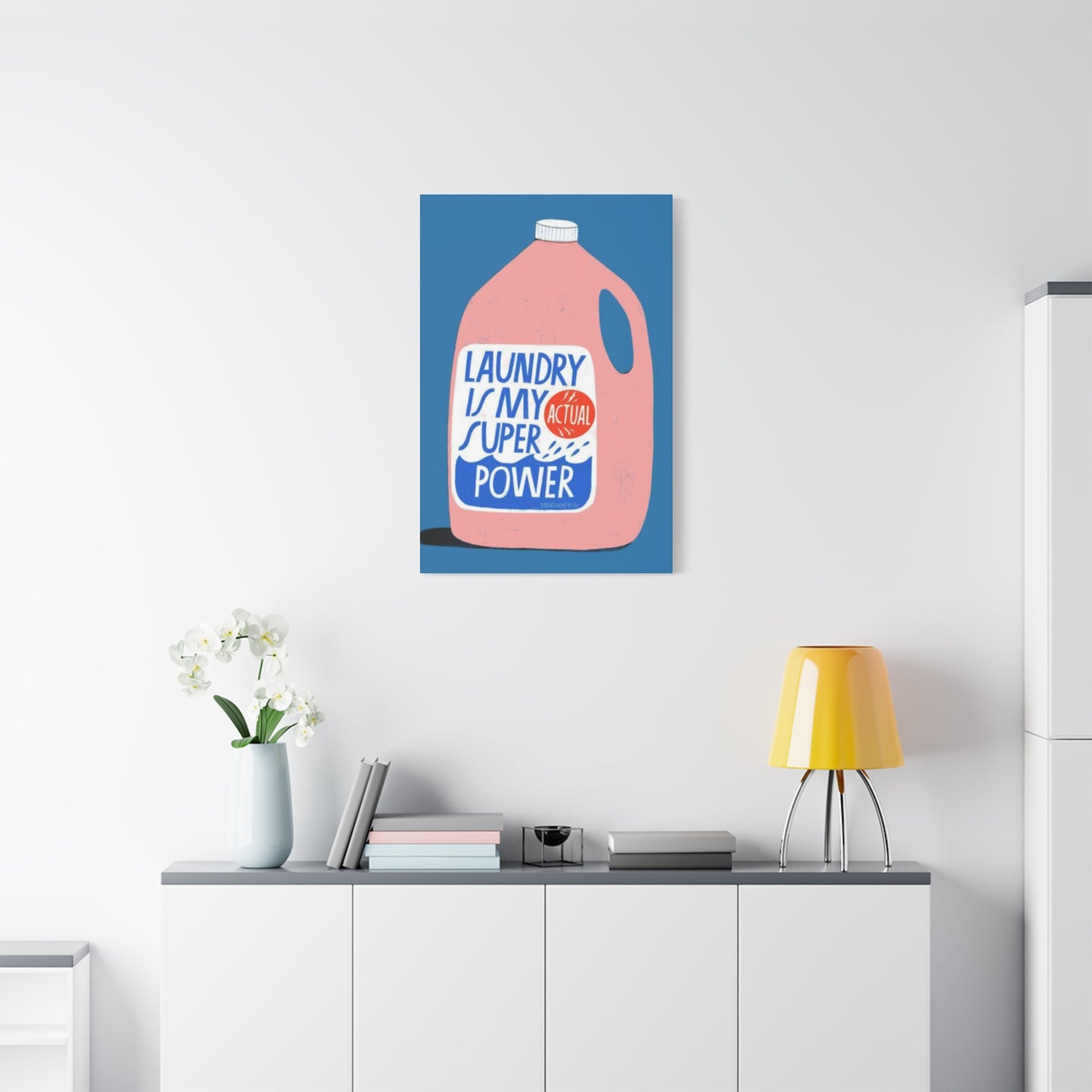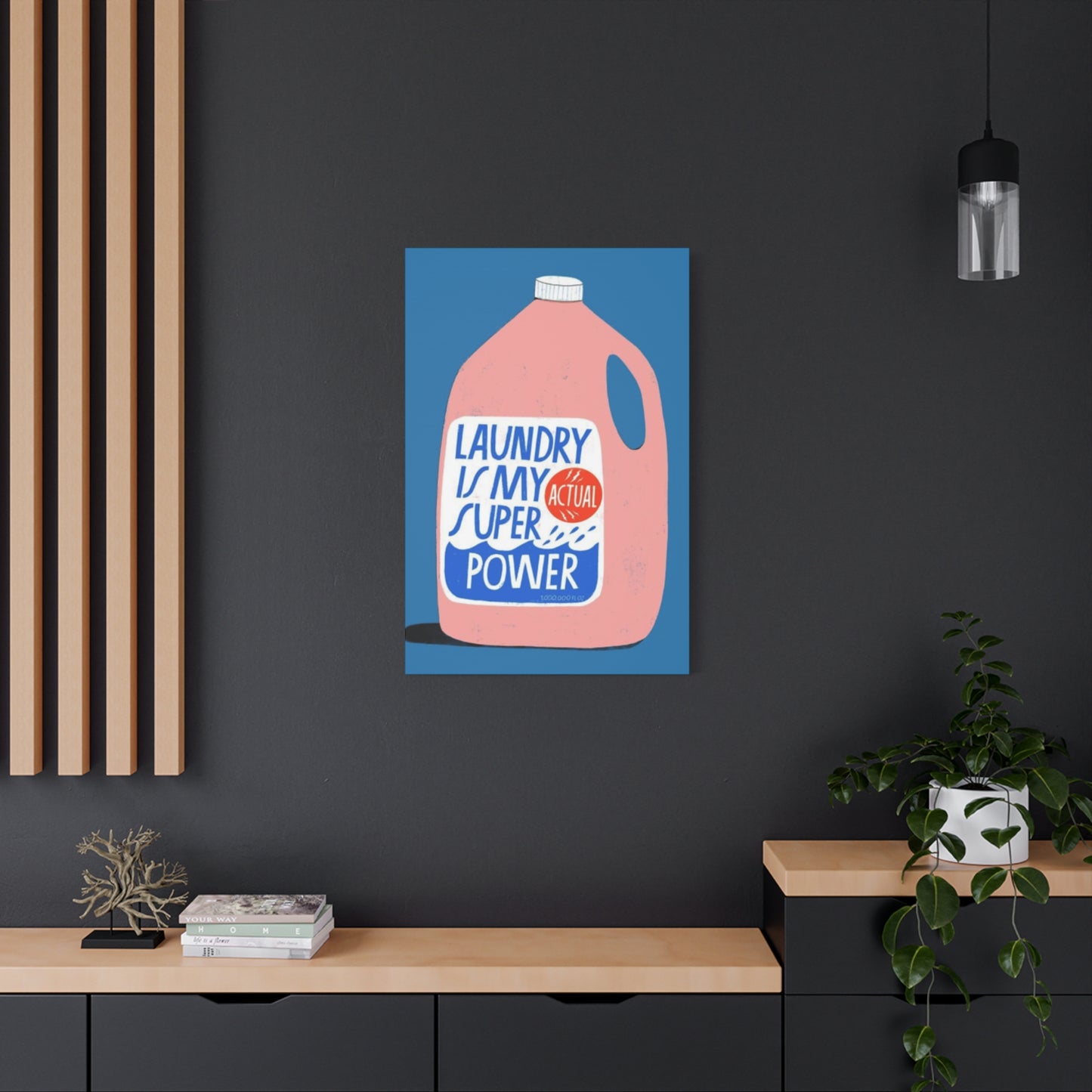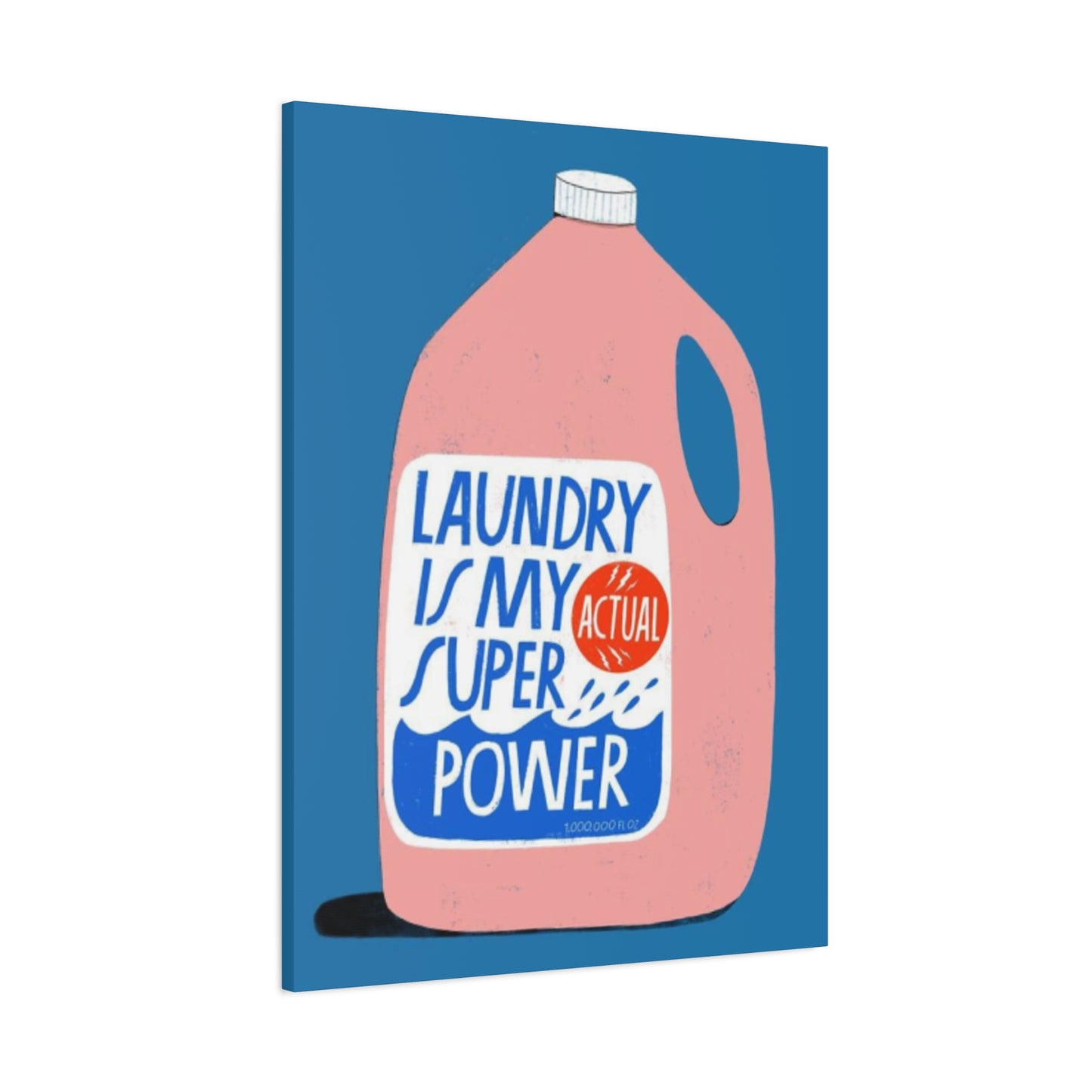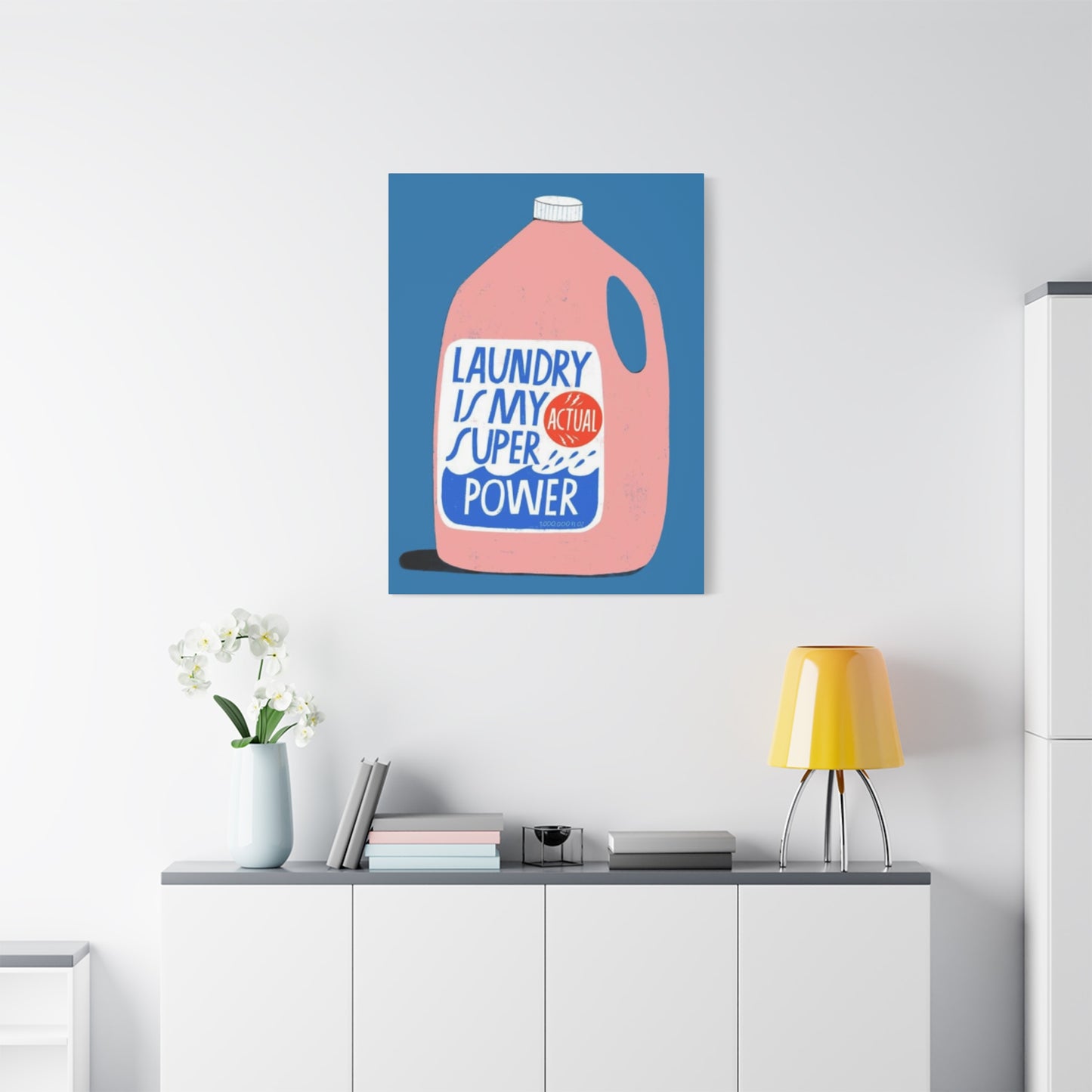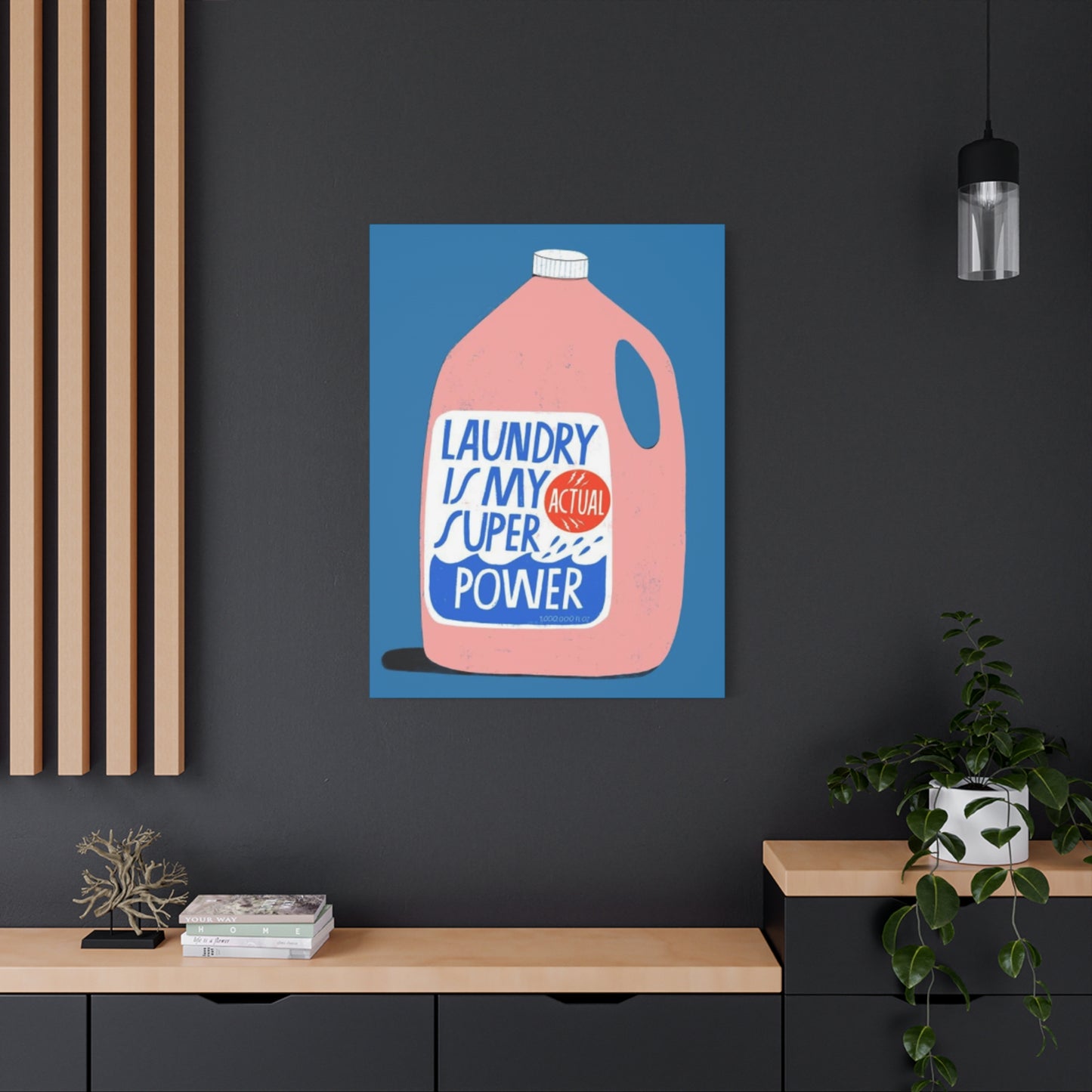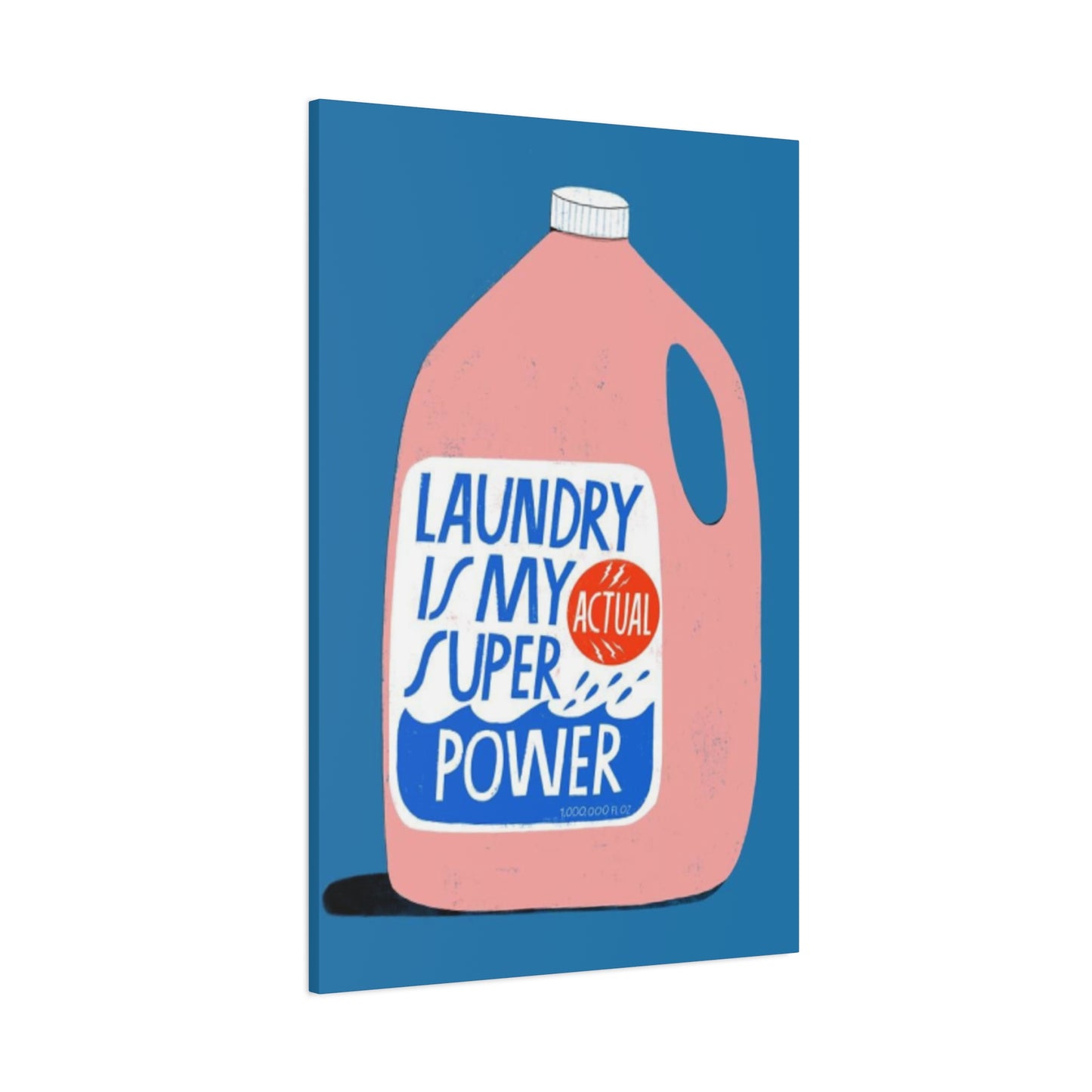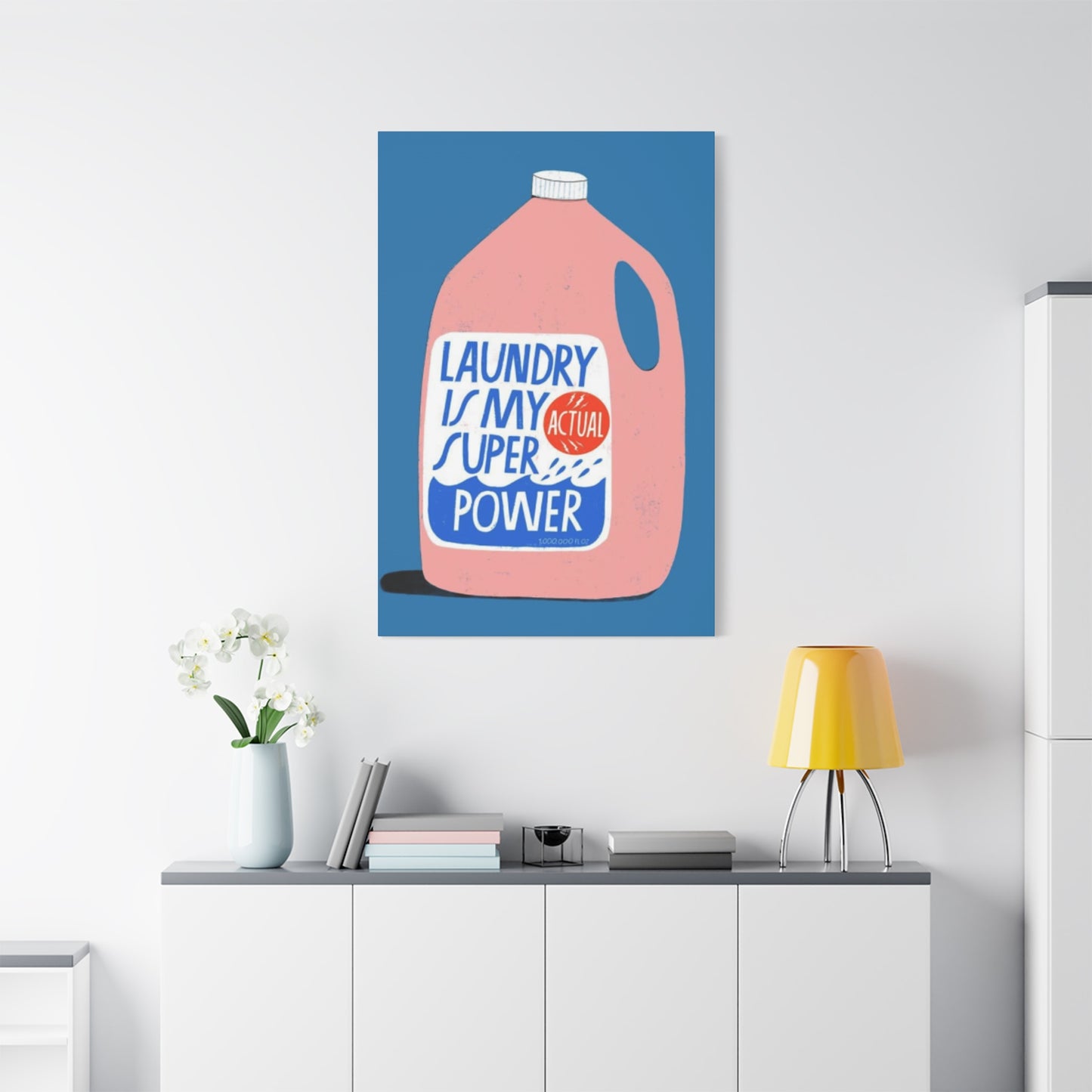Creative Laundry Wall Art Ideas to Enhance Your Cleaning Area
The modern home requires thoughtful attention to every area, including those utilitarian rooms often overlooked in decorating schemes. Laundry areas have evolved from purely functional zones into stylish extensions of our living environments. Wall art specifically designed for these cleaning areas can transform mundane chores into more enjoyable experiences while maintaining the practical nature of these hardworking rooms.
Contemporary homeowners increasingly recognize that every corner of their residence deserves aesthetic consideration. The washing and folding area presents unique opportunities for creative expression through carefully chosen visual elements that complement the room's primary function. From whimsical cleaning-themed illustrations to sophisticated typography prints, the options for enhancing these utilitarian environments continue to expand.
The psychology behind decorating functional areas reveals interesting insights about how visual elements affect our daily routines. Research suggests that pleasant surroundings can improve mood and productivity, making household tasks feel less burdensome. This principle applies particularly well to laundry areas, where repetitive activities benefit from engaging visual stimulation.
Professional organizers and home decorators frequently emphasize the importance of creating cohesive design themes throughout the home. Laundry areas should not exist as isolated, purely functional zones but rather as integrated components of the overall aesthetic vision. This approach requires thoughtful selection of artwork that bridges the gap between practicality and style.
The market for specialized home artwork has expanded significantly in recent years, with artists and designers recognizing the demand for pieces specifically created for utility areas. These works often incorporate humor, inspiration, or practical reminders while maintaining visual appeal. The variety available ensures that homeowners can find pieces that reflect their personal style while serving the unique needs of their cleaning areas.
Detergent Posters Designed for Laundry Areas
Detergent-themed artwork represents a creative approach to acknowledging the primary function of laundry areas while adding visual interest. These specialized pieces often feature vintage advertising aesthetics, modern minimalist designs, or playful interpretations of cleaning product imagery. The key lies in selecting pieces that celebrate rather than simply acknowledge the room's utilitarian purpose.
Artists working in this niche often draw inspiration from mid-century advertising graphics, creating pieces that evoke nostalgia while serving contemporary decorating needs. These works frequently incorporate bold typography, simplified color schemes, and geometric elements that complement modern appliances and fixtures. The resulting aesthetic bridges retro charm with contemporary functionality.
The selection process for detergent-themed artwork requires consideration of several factors including color coordination with existing fixtures, size appropriateness for available wall areas, and thematic consistency with the overall home aesthetic. Successful integration depends on viewing these pieces as legitimate artistic elements rather than mere novelty items.
Contemporary artists have embraced the challenge of creating sophisticated artwork centered around cleaning themes. Their approaches range from abstract interpretations of soap bubbles and water to highly stylized representations of traditional laundry processes. These works demonstrate that utilitarian themes need not compromise artistic integrity or visual appeal.
Professional designers recommend approaching detergent-themed artwork with the same seriousness applied to any other decorative element. This mindset ensures that selected pieces contribute meaningfully to the overall design scheme rather than appearing as afterthoughts or purely humorous additions.
The market for such specialized artwork continues to grow as homeowners recognize the value of comprehensive decorating approaches. Online marketplaces, specialty retailers, and independent artists offer increasingly diverse options for those seeking to incorporate cleaning themes into their laundry area aesthetics.
Installation considerations for detergent-themed pieces mirror those for any artwork in utility areas. Moisture resistance, easy cleaning capabilities, and secure mounting systems become particularly important in environments where humidity and cleaning products are regularly present.
Brightening Laundry Rooms with Cleaning-Themed Artwork
The strategic use of artwork can dramatically alter the perceived atmosphere of utilitarian areas. Laundry rooms, often located in basements or windowless areas, particularly benefit from visual elements that introduce light, color, and energy. Cleaning-themed artwork serves this purpose while maintaining thematic relevance to the room's primary function.
Color psychology plays a crucial role in selecting artwork for these often dimly lit areas. Bright, cheerful hues can counteract the potentially dreary atmosphere of utility rooms while dark, sophisticated tones can create an unexpectedly elegant environment. The choice depends largely on the existing lighting conditions and the desired emotional response to the environment.
Lighting considerations extend beyond natural illumination to include the interaction between artificial light sources and artwork. Proper illumination enhances the visual impact of selected pieces while ensuring that their details remain visible during typical usage times. LED fixtures designed for utility areas can provide both functional lighting and artwork enhancement.
The psychological impact of brightening laundry areas through artwork extends beyond mere aesthetics. Research indicates that pleasant environments can improve task performance and reduce the perceived burden of household chores. This effect proves particularly valuable in areas dedicated to repetitive, necessary tasks.
Professional organizers frequently recommend incorporating uplifting visual elements into utility areas as part of comprehensive home management strategies. Their experience demonstrates that small environmental improvements can yield significant returns in terms of user satisfaction and task completion efficiency.
The selection of brightening artwork requires careful consideration of the room's existing color scheme, lighting conditions, and architectural features. Successful integration involves balancing the desire for visual impact with practical considerations such as moisture resistance and ease of maintenance.
Contemporary manufacturers increasingly offer artwork specifically designed for utility environments. These products incorporate moisture-resistant materials, fade-resistant inks, and easy-cleaning surfaces while maintaining high aesthetic standards. Such developments make it easier than ever to incorporate quality artwork into previously challenging environments.
Selecting Appropriate Posters for Laundry Areas
The process of choosing suitable poster artwork for laundry areas involves multiple considerations that extend beyond simple aesthetic preferences. Successful selection requires evaluating factors including size compatibility, thematic appropriateness, durability requirements, and integration with existing design elements. This comprehensive approach ensures that chosen pieces enhance rather than detract from the room's functionality and appearance.
Size considerations prove particularly important in laundry areas, which often feature limited wall area due to appliances, storage solutions, and functional fixtures. Measuring available wall areas before beginning the selection process prevents disappointment and ensures proper fit. Consider both the physical dimensions of potential artwork and the visual balance created within the overall room composition.
Thematic appropriateness involves selecting pieces that complement the room's primary function without overwhelming its practical nature. The most successful laundry area artwork acknowledges the room's purpose while contributing to an pleasant environmental atmosphere. This balance can be achieved through various approaches, from subtle cleaning-related imagery to more abstract pieces that simply enhance the visual environment.
Durability requirements in laundry areas exceed those in most other home environments due to increased humidity, temperature fluctuations, and potential exposure to cleaning chemicals. Materials must withstand these conditions while maintaining their appearance over time. Modern printing techniques and protective coatings make it possible to enjoy high-quality artwork even in challenging utility environments.
Color coordination with existing appliances and fixtures requires careful attention to ensure visual harmony. White appliances pair well with virtually any color scheme, while colored or stainless steel appliances may require more careful consideration. The goal is creating a cohesive visual environment that feels intentional rather than accidental.
Professional designers recommend creating mood boards or digital mockups before making final selections. These tools allow visualization of how potential artwork will interact with existing elements and help identify potential issues before purchase. Many online retailers now offer augmented reality tools that facilitate this process.
Budget considerations should account for both initial purchase costs and long-term durability factors. Higher-quality pieces may require larger initial investments but often prove more economical over time due to their superior longevity in challenging utility environments.
Framing Options for Detergent-Themed Prints
The selection of appropriate framing for laundry area artwork requires special attention to environmental factors that distinguish these areas from typical living environments. Moisture resistance, easy cleaning capabilities, and durability become primary considerations alongside traditional aesthetic concerns. Understanding these unique requirements ensures that framed artwork maintains its appearance and structural integrity over time.
Material selection for frames in laundry areas should prioritize moisture-resistant options such as sealed wood, metal, or synthetic materials specifically designed for high-humidity environments. Traditional wood frames may warp or develop mold issues unless properly sealed, while certain metals may corrode when exposed to cleaning chemicals. Modern synthetic materials often provide the best combination of durability and aesthetic appeal.
Glass considerations extend beyond simple protection to include safety and maintenance factors. Tempered glass provides enhanced safety in areas where accidents might occur, while special coatings can reduce glare and fingerprint visibility. Anti-reflective treatments prove particularly valuable in areas with artificial lighting systems that might otherwise create distracting reflections.
Mounting systems for framed artwork in utility areas require enhanced security to withstand vibrations from appliances and potential impacts from laundry activities. Traditional picture hanging systems may prove inadequate in these environments, necessitating more robust solutions such as French cleat systems or heavy-duty wall anchors.
Professional framers increasingly offer specialized services for utility area artwork, recognizing the unique challenges these environments present. Their expertise can prove valuable in selecting appropriate materials and techniques for challenging installations. Many offer warranties specifically adapted to utility room conditions.
The aesthetic impact of framing choices significantly influences the overall appearance of laundry area artwork. Simple, clean lines typically work best in utilitarian environments, avoiding ornate details that might appear out of place. The frame should enhance rather than compete with the artwork itself while providing necessary protection.
Color coordination between frames and existing fixtures helps create visual coherence within the laundry area. Neutral tones typically provide the most flexibility, while bold colors can create striking accents when used judiciously. The key lies in maintaining balance between visual impact and environmental appropriateness.
Maintenance considerations for framed artwork in utility areas include regular cleaning schedules and inspection for signs of environmental damage. Establishing routine care practices helps ensure that framed pieces maintain their appearance and continue to enhance the laundry area environment over time.
Creating Meaningful Artwork for Laundry Areas
The development of meaningful artwork for utility areas represents a sophisticated approach to home decoration that transcends simple aesthetic enhancement. Meaningful pieces in laundry areas can incorporate personal family stories, inspirational messages, or artistic interpretations of domestic life that resonate with daily experiences. This approach transforms routine household tasks into opportunities for reflection and appreciation.
Personal narrative integration involves incorporating elements that reflect the family's unique story and values. These might include custom typography featuring family mottos, photographic elements celebrating domestic achievements, or artistic representations of family traditions related to home care. Such personalization creates emotional connections that enhance the daily experience of household tasks.
Inspirational messaging in laundry area artwork serves multiple purposes, from motivation during tedious tasks to gentle reminders of life's broader purposes. Carefully selected quotes, phrases, or visual metaphors can provide psychological support during routine activities while maintaining aesthetic appeal. The key lies in selecting messages that inspire without overwhelming or appearing preachy.
Cultural and historical references can add depth and meaning to laundry area artwork while maintaining visual appeal. References to domestic traditions, historical laundry practices, or cultural celebrations of home life can create rich layers of meaning that reward closer examination. These elements can spark conversations and create opportunities for sharing family history and values.
Contemporary artists increasingly explore themes related to domestic life and household tasks, creating sophisticated works that celebrate rather than diminish the importance of home care activities. Their approaches range from abstract interpretations of cleaning processes to detailed explorations of the textures and patterns created by household textiles.
The commissioning process for custom meaningful artwork allows homeowners to work directly with artists to create pieces that perfectly reflect their values and aesthetic preferences. This approach, while requiring larger investments, can yield uniquely personal results that become family treasures rather than simple decorative elements.
Professional designers recommend approaching meaningful artwork selection as part of a broader home decoration philosophy that values every area of the residence. This perspective ensures that utility areas receive the same thoughtful attention as more public rooms, creating comprehensive aesthetic experiences throughout the home.
Community and cultural resources can provide inspiration and support for developing meaningful laundry area artwork. Local artists, cultural centers, and community groups often offer workshops, exhibitions, and collaborative opportunities that can inform and inspire personal decorating projects.
Integrating Cleaning-Themed Art with Existing Decor
The successful integration of specialized utility artwork with existing home decor requires strategic planning and careful attention to design principles that govern visual harmony. Rather than treating laundry areas as isolated decorative challenges, effective integration considers these areas as components of the broader home aesthetic while respecting their unique functional requirements.
Color harmony principles provide the foundation for successful integration, requiring analysis of existing color schemes throughout adjacent areas and the home's overall palette. Effective integration might involve extending accent colors from nearby rooms into the laundry area through artwork selection, or creating subtle transitions that acknowledge the utilitarian nature of the environment while maintaining visual connection to the broader home aesthetic.
Scale and proportion considerations become particularly important when integrating utility artwork with existing decor elements. Large appliances, storage systems, and functional fixtures create unique visual challenges that require careful balance through artwork selection. The goal involves creating pleasing visual relationships between all elements rather than simply filling available wall areas.
Style consistency throughout the home requires adapting chosen aesthetic approaches to accommodate the unique characteristics of utility environments. A home decorated in minimalist contemporary style might incorporate clean-lined, typography-based artwork in the laundry area, while traditional decor might call for more ornate or historically-inspired pieces that maintain thematic coherence.
Transition strategies help connect laundry areas with adjacent rooms through subtle design elements that acknowledge both functional requirements and aesthetic preferences. These might include extending color schemes, repeating geometric patterns, or incorporating similar artistic themes adapted to the specific needs of utility environments.
Professional designers recommend creating comprehensive design plans that address all areas of the home simultaneously rather than approaching utility areas as afterthoughts. This holistic approach ensures that every room contributes to the overall aesthetic vision while serving its practical purposes effectively.
Budget planning for integrated artwork should consider both immediate purchase costs and long-term maintenance requirements. Quality pieces that maintain their appearance over time often prove more economical than frequent replacements, particularly in challenging utility environments.
The psychology of integrated design suggests that visual harmony throughout the home contributes to overall satisfaction and well-being. Research indicates that cohesive aesthetic environments can reduce stress and improve daily satisfaction, making the investment in thoughtful integration worthwhile beyond simple decorative concerns.
Current Trends in Laundry Room Artwork
The evolution of laundry room aesthetics reflects broader trends in home decoration while addressing the unique challenges presented by utility environments. Contemporary trends emphasize the transformation of purely functional areas into stylish extensions of living environments through carefully curated artwork and decorative elements that celebrate rather than disguise their utilitarian purposes.
Typography-based artwork has emerged as a dominant trend in utility room decoration, offering flexibility in messaging while maintaining clean, contemporary aesthetics. These pieces range from inspirational quotes to humorous observations about domestic life, providing opportunities for personalization while maintaining visual sophistication. The trend reflects broader movements toward minimalist design principles that emphasize clarity and impact over ornate decoration.
Botanical themes have gained popularity in laundry room artwork as homeowners seek to introduce natural elements into utility environments. Stylized representations of plants, flowers, and natural processes can soften the industrial feel of appliance-heavy areas while maintaining appropriate scale and visual impact. These themes often incorporate water-related imagery that connects thematically with laundry processes.
Vintage and retro aesthetics continue to influence laundry room artwork, drawing inspiration from mid-century advertising, traditional domestic imagery, and nostalgic representations of household tasks. These approaches often incorporate bold colors, simplified graphics, and typography styles that reference specific historical periods while serving contemporary decorative needs.
Abstract interpretations of cleaning processes and household activities represent a sophisticated trend that allows artistic expression while maintaining thematic relevance. These pieces might explore the visual patterns created by soap bubbles, the geometric forms of folded textiles, or the color relationships present in cleaning products, creating sophisticated artwork that acknowledges utility room functions without literal representation.
Customization and personalization trends reflect growing interest in unique, family-specific artwork that tells individual stories while serving decorative functions. This might involve custom typography featuring family names or mottos, photographic elements celebrating household achievements, or commissioned pieces that incorporate meaningful symbols or references.
Sustainability considerations increasingly influence artwork selection for utility areas, with many homeowners seeking pieces created from recycled materials, produced through environmentally responsible processes, or designed for long-term durability to minimize replacement needs. These considerations align with broader environmental consciousness movements affecting all aspects of home decoration.
Digital printing advances have expanded the possibilities for high-quality, affordable artwork specifically designed for utility environments. Modern printing techniques can produce moisture-resistant, fade-resistant pieces that maintain their appearance despite challenging conditions, making it easier than ever to incorporate sophisticated artwork into laundry areas.
Optimal Placement Locations for Laundry Artwork
Strategic placement of artwork within laundry areas requires careful consideration of sightlines, functional requirements, and safety concerns that distinguish these environments from typical residential rooms. Understanding how people move through and use these areas informs optimal placement decisions that maximize visual impact while maintaining practical functionality.
Eye-level positioning remains important in utility areas, but the definition of appropriate height may differ from living room standards due to the presence of large appliances and the variety of activities performed in these areas. Consider the heights at which users typically work, including loading and unloading appliances, folding clothes, and accessing storage areas.
Safety clearances around appliances require careful attention to ensure that artwork placement does not interfere with proper ventilation, door operation, or maintenance access. Professional appliance installers can provide guidance on appropriate clearance requirements that must be maintained for safe and efficient operation.
Workflow considerations should influence placement decisions to ensure that artwork enhances rather than impedes the natural movement patterns within laundry areas. Observing how the room is used during typical laundry activities can reveal optimal locations that provide visual interest without creating obstacles or distractions.
Lighting interaction affects the visibility and impact of placed artwork, requiring consideration of both natural and artificial light sources. Areas that receive direct sunlight may require UV-resistant materials, while poorly lit locations might benefit from lighter-colored pieces or additional illumination.
Moisture exposure varies significantly within laundry areas, with some locations receiving direct exposure to humidity and potential splashing while others remain relatively protected. Understanding these variations helps inform both placement decisions and material selection for optimal longevity.
Scale relationships between artwork and surrounding elements require careful evaluation to ensure appropriate visual balance. Large appliances can overwhelm small pieces, while oversized artwork might appear out of proportion in compact utility areas. The goal involves creating pleasing relationships between all visual elements.
Accessibility considerations ensure that placed artwork does not interfere with the needs of all family members, including those with mobility challenges or varying heights. Universal design principles can inform placement decisions that serve all users effectively while maintaining aesthetic appeal.
Storage integration possibilities allow artwork to serve dual functions, incorporating practical elements such as hooks, shelves, or organizational systems while maintaining decorative appeal. These integrated approaches can maximize the utility of limited wall area while serving multiple functional needs.
Gift Concepts for Laundry-Themed Artwork
The growing appreciation for thoughtfully decorated utility areas has created new opportunities for meaningful gift-giving centered around laundry-themed artwork. These gifts serve practical purposes while demonstrating understanding of the recipient's commitment to creating beautiful, functional living environments throughout their homes.
Housewarming gift applications make laundry artwork particularly relevant, as new homeowners often focus their initial decorating efforts on public areas while leaving utility rooms unaddressed. Thoughtful laundry artwork gifts can help new residents complete their home aesthetic while providing practical enjoyment during daily household activities.
Custom personalization options elevate laundry artwork gifts beyond generic decorative items into meaningful, family-specific treasures. These might include custom typography featuring family names, established dates, or personal mottos that reflect the recipients' values and experiences. Such personalization demonstrates thoughtfulness while creating unique pieces that cannot be found in retail stores.
Wedding gift possibilities incorporate laundry artwork into broader home establishment traditions, providing newlyweds with practical decorative elements that acknowledge the realities of shared domestic life. Humorous pieces that celebrate the adventure of learning to manage household tasks together can provide ongoing enjoyment while serving practical decorative purposes.
Holiday and celebration themes can inform seasonal laundry artwork gifts that acknowledge special occasions while serving year-round decorative functions. These pieces might incorporate seasonal colors, holiday motifs adapted to laundry themes, or celebratory messages that maintain relevance beyond specific occasions.
Budget-friendly options make laundry artwork accessible for various gift-giving situations, from small appreciation tokens to more substantial presents. Digital prints, smaller pieces, or DIY kits can provide meaningful gifts without requiring significant financial investment while still demonstrating thoughtfulness and creativity.
Professional presentation considerations help ensure that laundry artwork gifts create positive first impressions despite their utilitarian focus. Quality framing, attractive packaging, and accompanying explanatory materials can elevate these gifts into sophisticated presents that recipients will appreciate and display proudly.
Gift set concepts combine laundry artwork with complementary items such as premium cleaning products, organizational tools, or related decorative elements to create comprehensive utility room enhancement packages. These combinations demonstrate understanding of the recipient's broader home care interests while providing complete decorating solutions.
Educational components can accompany laundry artwork gifts, including information about proper placement, care instructions, or suggestions for complementary pieces. These additions demonstrate expertise while helping recipients maximize the impact and longevity of their new artwork.
DIY Projects for Laundry Room Artwork
The creation of custom laundry room artwork through do-it-yourself projects offers opportunities for personal expression while addressing the specific needs and preferences of individual utility areas. DIY approaches can provide cost-effective solutions while ensuring perfect fit with existing decor and family preferences.
Basic printing projects utilizing home or commercial printing services can produce high-quality results at modest costs. Digital design tools, including free online resources, enable creation of custom typography pieces, organizational charts, or family-specific artwork that reflects individual style preferences while serving practical decorative needs.
Fabric-based projects incorporate textile elements that connect thematically with laundry activities while providing textural interest and softness that balances the hard surfaces typical in utility areas. These might include framed textile samples, quilted wall hangings, or fabric-covered boards that display organizational information or inspirational messages.
Mixed media approaches combine various materials and techniques to create unique pieces that cannot be purchased commercially. These projects might incorporate found objects, recycled materials, or personal memorabilia into artistic compositions that tell family stories while serving decorative purposes.
Organizational integration projects combine artwork creation with practical storage solutions, producing pieces that serve dual functions while maximizing limited wall area. These might include decorated organizational boards, artistic storage containers, or custom shelving systems that incorporate decorative elements.
Seasonal adaptation projects enable regular refreshing of laundry area decor through easily changeable elements. Modular designs, interchangeable components, or seasonal overlays can provide variety while maintaining core decorative frameworks that serve long-term aesthetic needs.
Collaborative family projects involve multiple family members in creating laundry room artwork, fostering shared ownership of home decoration while producing unique pieces that reflect collective family personality. These projects can become family traditions that create lasting memories while beautifying utilitarian areas.
Skill development opportunities through DIY projects can introduce new techniques and capabilities while producing needed decorative elements. Learning new crafting skills, design principles, or artistic techniques through laundry room projects provides personal growth opportunities alongside practical results.
Documentation and sharing of DIY projects can inspire others while creating records of family creativity and home improvement efforts. Photography, process documentation, and sharing through social media or community groups can extend the satisfaction derived from successful projects while potentially inspiring others.
Color Psychology in Laundry Room Artwork
The strategic application of color psychology principles in laundry room artwork selection can significantly influence the emotional experience of household tasks while supporting the functional requirements of utility environments. Understanding how different colors affect mood, energy levels, and perception of cleanliness helps inform artwork choices that enhance daily laundry experiences.
Energizing color schemes incorporating warm hues such as oranges, yellows, and bright reds can combat the potentially dreary atmosphere of utility rooms while providing psychological stimulation during repetitive tasks. These colors can make laundry activities feel more engaging and less burdensome, though they require careful balance to avoid overwhelming compact environments.
Calming color approaches utilizing blues, greens, and soft purples can create peaceful environments that make household tasks feel more meditative and less stressful. These colors can help establish laundry areas as retreats from household chaos while maintaining the clean, fresh associations important in cleaning environments.
Clean and fresh color associations traditionally linked with cleanliness and hygiene can reinforce the functional purpose of laundry areas while contributing to positive psychological responses. Whites, light blues, and soft greens create associations with cleanliness and freshness that align naturally with laundry activities.
Color coordination with appliances requires consideration of both aesthetic harmony and psychological impact. White appliances provide neutral backgrounds that accommodate most color schemes, while colored appliances may require more careful coordination to achieve desired psychological effects without creating visual conflict.
Lighting interaction with selected colors significantly affects their psychological impact, requiring consideration of both natural and artificial light sources present in utility areas. Colors may appear different under fluorescent, LED, or natural lighting conditions, potentially altering their psychological effects.
Personal color preferences and associations should inform artwork selection while considering psychological principles, as individual responses to colors can vary based on personal experiences, cultural backgrounds, and individual sensitivities. The most effective color schemes balance psychological principles with personal preferences.
Seasonal color adaptation allows for regular refreshing of psychological environments while maintaining core decorative frameworks. Rotating artwork or changeable elements can provide variety in psychological stimulation while accommodating changing seasonal moods and energy levels.
Cultural color meanings and associations may influence the psychological impact of selected color schemes, particularly in multicultural families or communities. Understanding various cultural perspectives on color can inform inclusive choices that serve all family members effectively.
Vintage versus Contemporary Laundry Artwork Styles
The choice between vintage and contemporary aesthetic approaches for laundry room artwork reflects broader decorating preferences while addressing the unique characteristics of utility environments. Each approach offers distinct advantages and challenges that require careful consideration of existing decor, personal preferences, and functional requirements.
Vintage aesthetic approaches draw inspiration from historical laundry practices, mid-century advertising, and nostalgic representations of domestic life. These styles often incorporate warm color palettes, hand-lettered typography, and simplified graphic elements that evoke specific historical periods while serving contemporary decorative needs. The appeal lies partly in the celebration of traditional domestic values and the visual charm of historical design elements.
Contemporary approaches emphasize clean lines, bold typography, and modern color schemes that align with current design trends while acknowledging the utilitarian nature of laundry environments. These styles often incorporate minimalist principles, geometric elements, and sophisticated color relationships that create sleek, current appearances compatible with modern appliances and fixtures.
Historical authenticity considerations affect vintage style implementation, requiring decisions about how closely to adhere to specific historical periods versus adapting vintage elements for contemporary use. Authentic reproductions may require specialized materials and techniques, while inspired interpretations offer more flexibility in adapting to modern functional requirements.
Modern functionality integration requires adapting both vintage and contemporary styles to accommodate current appliance designs, storage needs, and usage patterns. Successful integration maintains aesthetic coherence while ensuring that artwork choices support rather than impede functional requirements.
Durability comparison between vintage and contemporary approaches may favor modern materials and techniques that offer superior performance in utility environments. However, vintage-style pieces can incorporate modern materials while maintaining historical aesthetic appeal, providing the best of both approaches.
Personal style reflection through vintage or contemporary choices should align with broader home decorating approaches while acknowledging individual preferences and lifestyle considerations. The most successful choices feel authentic to the homeowner's personality while serving practical decorative needs.
Investment value considerations may favor certain approaches based on quality, materials, and long-term appeal. Both vintage and contemporary pieces can provide good value when selected thoughtfully, though factors such as timeless appeal and durability affect long-term satisfaction.
Mixing approaches strategically can create unique, personalized aesthetics that incorporate elements from both vintage and contemporary styles. Successful mixing requires careful attention to common elements such as color, scale, or thematic content that create visual coherence despite stylistic diversity.
Laundry Area Artwork
The unique environmental challenges present in laundry areas require specialized maintenance approaches to ensure that artwork maintains its appearance and structural integrity over time. Understanding these requirements and establishing appropriate care routines helps protect investments in decorative elements while ensuring continued enjoyment of enhanced utility environments.
Environmental exposure factors in laundry areas include elevated humidity levels, temperature fluctuations, potential chemical exposure from cleaning products, and mechanical vibrations from appliances. These conditions can affect various materials differently, requiring understanding of specific vulnerabilities and appropriate protective measures.
Cleaning techniques for artwork in utility environments must balance effective maintenance with preservation of artistic integrity. Different materials require different cleaning approaches, from simple dusting to more intensive cleaning procedures. Understanding appropriate techniques for each type of artwork prevents damage while maintaining appearance.
Inspection schedules help identify potential problems before they become serious issues requiring expensive repairs or replacements. Regular examination for signs of moisture damage, fading, loosening mounting systems, or other deterioration allows for timely intervention that can extend artwork lifespan significantly.
Protective measures can prevent or minimize environmental damage through strategic placement, protective barriers, or material selection. These might include UV-resistant coatings, moisture barriers, or ventilation improvements that create more favorable conditions for artwork preservation.
Restoration possibilities vary depending on artwork type, materials, and extent of damage. Some pieces may be easily restored through cleaning or minor repairs, while others may require professional intervention or replacement. Understanding restoration options helps inform both preventive care decisions and response strategies for damaged pieces.
Professional conservation services may be appropriate for valuable or particularly meaningful pieces that require specialized care or restoration. These services can provide expert assessment, treatment recommendations, and preservation techniques that extend artwork lifespan beyond what household maintenance can achieve.
Insurance considerations for artwork in utility areas may differ from coverage for pieces in traditional living environments due to increased environmental risks. Understanding policy coverage and documentation requirements helps ensure adequate protection for valued pieces while informing decisions about appropriate investment levels.
Replacement planning acknowledges that some artwork may eventually require replacement due to environmental damage or changing preferences. Planning for eventual replacement through budget allocation, style documentation, or alternative piece identification can minimize disruption when changes become necessary.
Decoration Changes for Laundry Areas
The incorporation of seasonal elements into laundry room decoration provides opportunities for regular aesthetic refreshment while maintaining core decorative frameworks that serve long-term functional needs. Seasonal approaches can combat the potential monotony of utility environments while celebrating natural cycles and cultural traditions throughout the year.
Spring themes for laundry artwork often emphasize renewal, fresh beginnings, and cleaning themes that align naturally with traditional spring cleaning activities. Light, fresh colors, botanical elements, and imagery suggesting new growth can create uplifting environments that support increased household activity levels typical of spring seasons.
Summer adaptations might incorporate bright, energetic colors and themes related to increased outdoor activities that typically result in higher laundry volumes. Beach themes, vacation imagery, or representations of summer textiles can create cheerful environments that acknowledge seasonal lifestyle changes while maintaining functional relevance.
Autumn seasonal changes can introduce warmer color palettes, harvest themes, and imagery related to preparation activities that characterize fall seasons. These themes can create cozy environments that support increased indoor activities while acknowledging the natural transition toward winter months.
Winter decoration approaches might emphasize warmth, comfort, and indoor activities through color schemes and imagery that combat potentially dreary weather conditions. Holiday elements, winter landscapes, or themes related to indoor gathering can create inviting environments during months when laundry areas may receive increased use.
Modular decoration systems enable easy seasonal changes without requiring complete redecoration or significant financial investment. Interchangeable elements, seasonal overlays, or rotating artwork collections can provide variety while maintaining core decorative investments that serve multiple seasons.
Storage solutions for seasonal decoration elements require consideration of limited storage typical in utility areas while ensuring that unused decorative elements remain in good condition for future use. Compact storage systems, protective packaging, and organization methods help manage seasonal collections effectively.
Cultural celebration integration allows seasonal decoration to acknowledge family traditions, cultural holidays, or community celebrations that may not align with traditional seasonal patterns. These personalized approaches can create more meaningful seasonal experiences while serving individual family preferences.
Budget management for seasonal decoration requires balancing the desire for variety with practical financial considerations. Strategic investment in versatile pieces, DIY projects, or gradual collection building can provide seasonal variety without excessive expense while building long-term decorative resources.
Texture and Material Considerations in Laundry Artwork
The selection of appropriate textures and materials for laundry room artwork requires balancing aesthetic appeal with the practical demands of utility environments. Understanding how different materials perform in high-humidity, temperature-variable conditions helps ensure that chosen pieces maintain their appearance and structural integrity while contributing to desired aesthetic effects.
Paper-based artwork presents both opportunities and challenges in laundry environments. High-quality papers with protective coatings can withstand moderate environmental stress while providing excellent print quality and color reproduction. However, unprotected paper materials may deteriorate rapidly when exposed to humidity and temperature fluctuations typical in utility areas.
Canvas materials often provide superior durability in challenging environments while offering textural interest that can soften the hard surfaces typical in laundry areas. Modern canvas treatments can provide moisture resistance while maintaining the natural texture and appearance that makes canvas appealing for artistic applications.
Metal substrates offer exceptional durability and unique aesthetic possibilities for laundry room artwork. Aluminum, stainless steel, or specially treated metal surfaces can withstand environmental challenges while providing modern, industrial aesthetics that complement contemporary appliances and fixtures.
Fabric applications introduce softness and textural variety that can balance the hard surfaces predominant in utility areas. However, fabric choices require careful consideration of moisture resistance, cleaning requirements, and potential harbor for odors or contaminants that might compromise laundry area hygiene.
Protective coating technologies enable the use of materials that might otherwise prove unsuitable for utility environments. UV-resistant coatings, moisture barriers, and anti-microbial treatments can extend the range of materials suitable for laundry room applications while maintaining their original aesthetic appeal.
Textural contrast strategies utilize combinations of materials to create visual interest and tactile variety within laundry areas. Combining smooth and textured surfaces, matte and glossy finishes, or hard and soft materials can create sophisticated aesthetic effects while serving practical functions.
Maintenance requirements vary significantly among different materials, affecting both immediate care needs and long-term satisfaction with chosen pieces. Understanding maintenance requirements helps inform selection decisions while ensuring that chosen materials align with available time and resources for ongoing care.
Safety considerations may favor certain materials over others based on potential hazards in utility environments. Materials that might shatter, emit harmful substances when exposed to cleaning chemicals, or create slipping hazards require careful evaluation before installation in laundry areas.
Size and Scale Guidelines for Laundry Prints
Effective selection of artwork size and scale for laundry environments requires careful consideration of room dimensions, appliance sizes, and visual balance principles adapted to the unique characteristics of utility areas. Understanding these relationships helps ensure that chosen pieces enhance rather than overwhelm or appear insignificant within their intended environments.
Proportion relationships between artwork and surrounding elements significantly affect visual impact and perceived appropriateness. Large appliances can dwarf small artwork, while oversized pieces may appear overwhelming in compact utility areas. Successful scaling creates pleasing visual relationships that acknowledge both functional and aesthetic requirements.
Wall area analysis involves measuring available surfaces while considering factors such as appliance clearances, door swings, and functional access requirements. Accurate measurements prevent purchase of inappropriately sized pieces while helping identify optimal locations for maximum visual impact.
Viewing distance considerations affect perceived size and detail visibility in laundry areas. Pieces intended for close viewing during folding activities may incorporate fine details that would be lost at greater distances, while artwork placed higher or across work areas should maintain impact when viewed from typical working positions.
Multiple piece arrangements can create greater visual impact than single large pieces while providing flexibility in challenging architectural situations. Gallery wall approaches, paired pieces, or series installations can address irregular wall areas while creating sophisticated aesthetic effects.
Appliance scale relationships require consideration of both visual balance and functional clearances. Artwork should complement rather than compete with large appliances while maintaining appropriate safety distances and access requirements for maintenance and operation.
Room size adaptation strategies help ensure that artwork choices serve both small and large laundry areas effectively. Compact rooms may benefit from vertical orientations that draw the eye upward, while larger areas might accommodate horizontal pieces that provide visual weight and presence.
Visual weight distribution throughout the room helps create balanced, comfortable environments that feel intentionally designed. Understanding how size, color, and placement affect visual weight enables strategic positioning that creates harmony among all room elements.
Conclusion
Creative laundry wall art ideas offer an excellent way to transform what is often considered a mundane or purely functional space into an inviting and inspiring area. Adding thoughtful, playful, or stylish artwork to your laundry room can elevate its atmosphere, making chores feel less like a burden and more like a pleasant part of your daily routine. Whether you prefer humorous quotes, vintage laundry-themed prints, or abstract designs that complement your décor, wall art can inject personality and charm into your cleaning area.
Laundry wall art provides an opportunity to infuse creativity and warmth into a room that typically lacks attention. By choosing pieces that reflect your style—be it modern minimalism, rustic farmhouse, or eclectic whimsy—you can create a cohesive look that enhances the overall feel of your home. The right artwork also adds visual interest, breaking up blank walls and making the space feel brighter and more welcoming.
Moreover, laundry art can serve a functional purpose by promoting organization and motivation. Prints with motivational sayings or checklists remind you of the tasks at hand in a lighthearted way, turning the laundry room into a space that encourages productivity without stress. Adding vibrant colors or playful patterns can boost mood and energy, making laundry day less of a chore.
Incorporating wall art in your laundry area also offers flexibility and ease. Because this space is typically small, it’s perfect for rotating seasonal pieces or experimenting with new styles without overwhelming the room. Framed prints, canvas art, decals, or even DIY creations can personalize your laundry nook uniquely and affordably.
In conclusion, creative laundry wall art ideas have the power to transform your cleaning area from purely functional to delightfully inspiring. By thoughtfully selecting artwork that blends style, humor, and motivation, you can create a space that brightens your routine and reflects your personality. Embrace the opportunity to enhance your laundry room with art that adds charm, encourages productivity, and makes everyday tasks a bit more enjoyable.

















